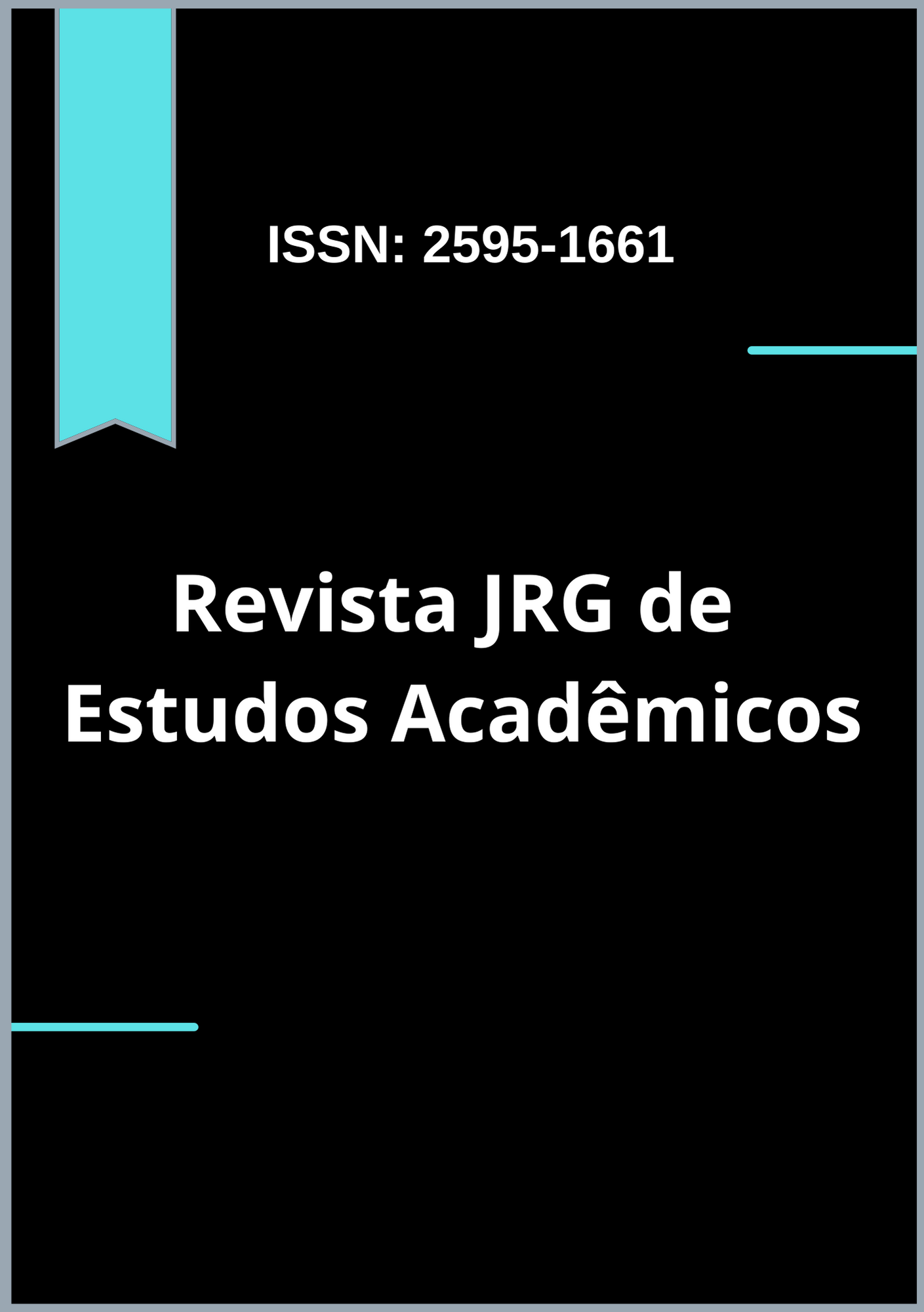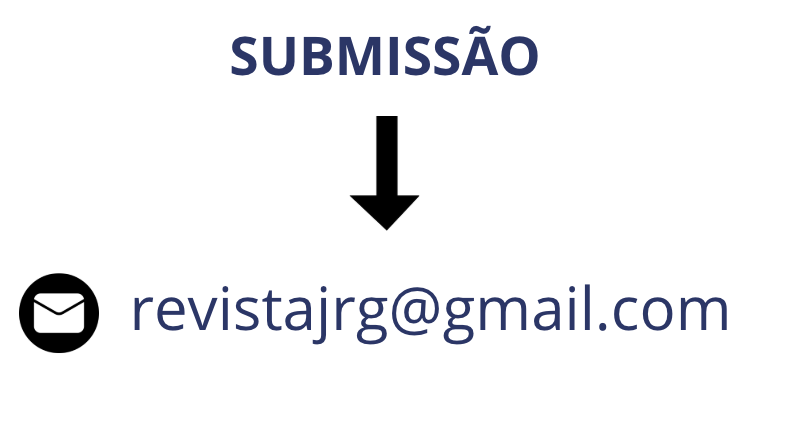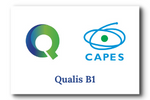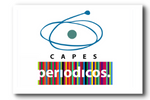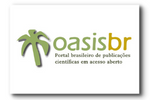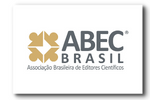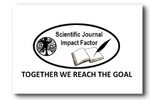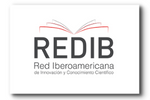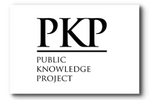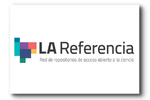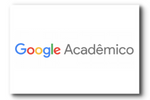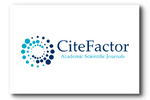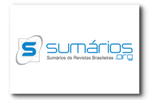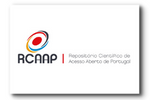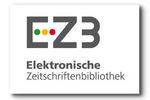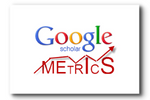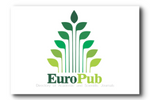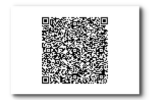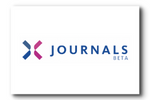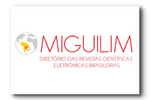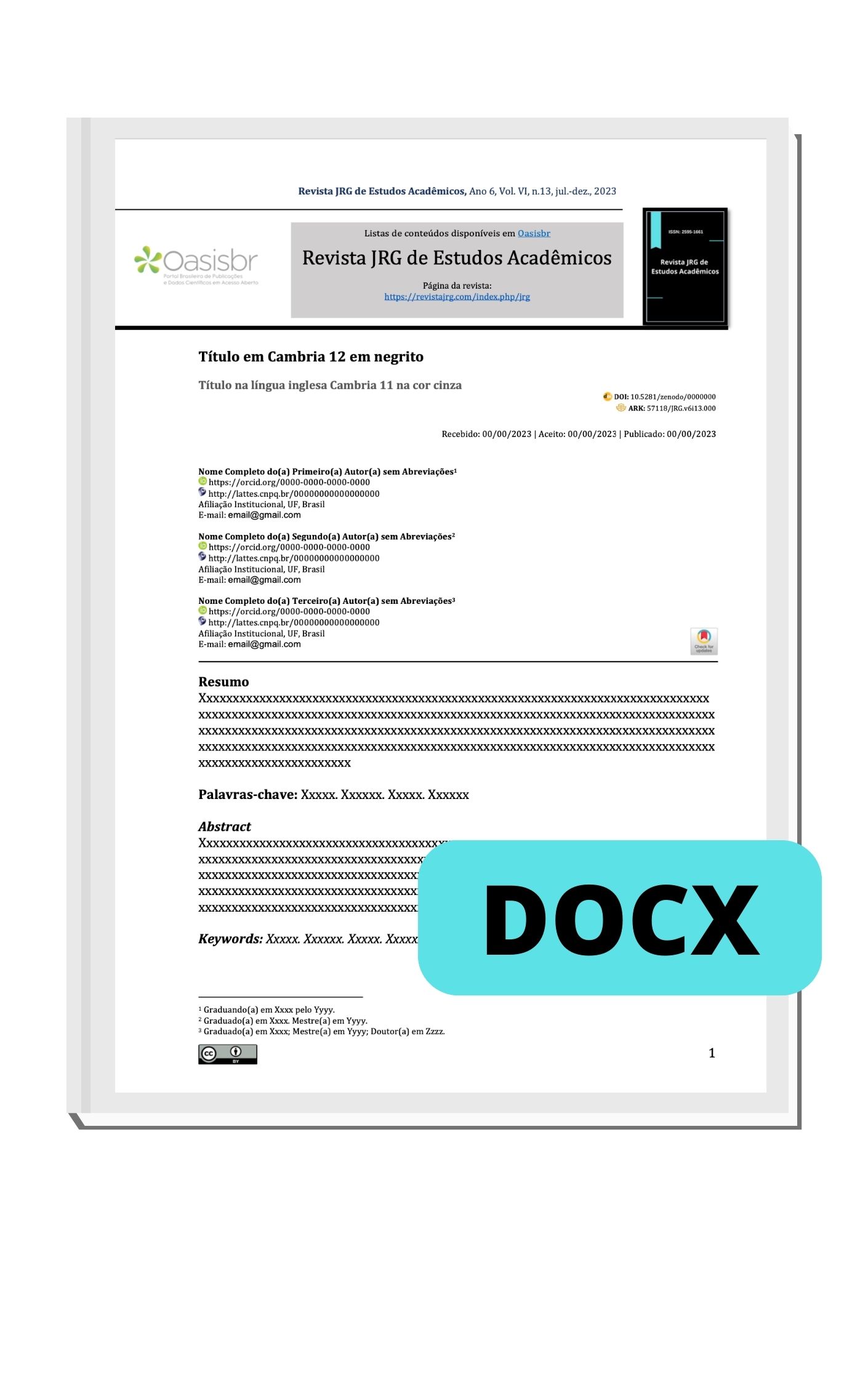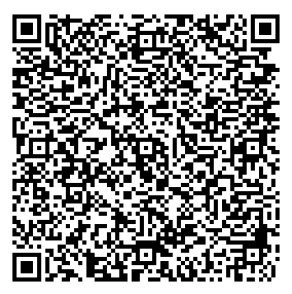Between texts, media, and languages: multiliteracies in the portuguese language classroom
DOI:
https://doi.org/10.55892/jrg.v8i19.2466Keywords:
multiliteracies, Portuguese language teaching, pedagogical practices, BNCC, language and technologyAbstract
This article discusses the theoretical foundations and pedagogical implications of the multiliteracies approach in Portuguese language teaching, in light of the sociocultural and technological transformations that characterize contemporary society. Starting from a critique of the traditional model of teaching centered on normative grammar and alphabetic writing, the text proposes a conception of language as a social, multimodal, and historically situated practice. Grounded in authors such as Rojo (2009, 2012), Kleiman (2005), and the New London Group (1996), the study analyzes the transition from literacy to multiliteracies, highlighting how this shift impacts the role of the school and the teacher in the formation of critical readers and producers of meaning. It also examines the alignment of this perspective with curricular documents PCNs (1998), BNCC (BRASIL, 2018), and the Alagoas Curricular Framework (ReCAL, 2023) which reaffirm the centrality of language in building citizenship and in the ethical use of digital technologies. Finally, it emphasizes the interface between teaching, research, and extension as the core of an educational praxis that integrates multiple languages, media, and knowledges, fostering inclusion, authorship, and critical reflection. It concludes that multiliteracies represent a concrete possibility for re-signifying Portuguese language teaching practices, guiding them toward a democratic, plural, and transformative linguistic education.
Downloads
References
ALAGOAS. Referencial Curricular de Alagoas – ReCAL. Maceió: Secretaria de Estado da Educação de Alagoas, 2023.
BARTON, David; HAMILTON, Mary. Local literacies: reading and writing in one community. London: Routledge, 1998.
BRASIL. Parâmetros Curriculares Nacionais: Língua Portuguesa. Brasília: MEC/SEF, 1998.
BRASIL. Base Nacional Comum Curricular – BNCC. Brasília: Ministério da Educação, 2018. Disponível em: https://basenacionalcomum.mec.gov.br/
COPE, Bill; KALANTZIS, Mary (org.). Multiliteracies: literacy learning and the design of social futures. London: Routledge, 2000.
DIONÍSIO, Ângela Paiva; BEZERRA, Maria Auxiliadora; MACHADO, Anna Rachel (orgs.). Gêneros textuais e ensino. 5. ed. Rio de Janeiro: Lucerna, 2010.
FREIRE, Paulo. A importância do ato de ler: em três artigos que se completam. 22. ed. São Paulo: Cortez, 1989.
ILARI, Rodolfo; BASSO, Renata. Língua e liberdade: por uma nova concepção de ensino de português. São Paulo: Parábola, 2006.
KLEIMAN, Ângela. Modelos de letramento e as práticas de sala de aula. In: SIGNORINI, Inês (org.). Letramento e diversidade. Campinas: Mercado de Letras, 1995. p. 71–89.
KLEIMAN, Ângela. Letramento e formação do professor: práticas discursivas e culturas institucionais. Campinas: Mercado de Letras, 2005.
LANKSHEAR, Colin; KNOBEL, Michele. New literacies: everyday practices and classroom learning. 2. ed. Maidenhead: Open University Press, 2007.
NEW LONDON GROUP. A pedagogy of multiliteracies: designing social futures. Harvard Educational Review, v. 66, n. 1, p. 60–92, 1996.
ROJO, Roxane. Multiletramentos na escola. São Paulo: Parábola Editorial, 2009.
ROJO, Roxane. Escola conectada: os multiletramentos e as TICs. São Paulo: Parábola Editorial, 2012.
STREET, Brian V. Literacy in theory and practice. Cambridge: Cambridge University Press, 1984.
TRAVAGLIA, Luiz Carlos. Gramática e interação: uma proposta para o ensino de gramática no 1º e 2º graus. 19. ed. São Paulo: Cortez, 2009.
